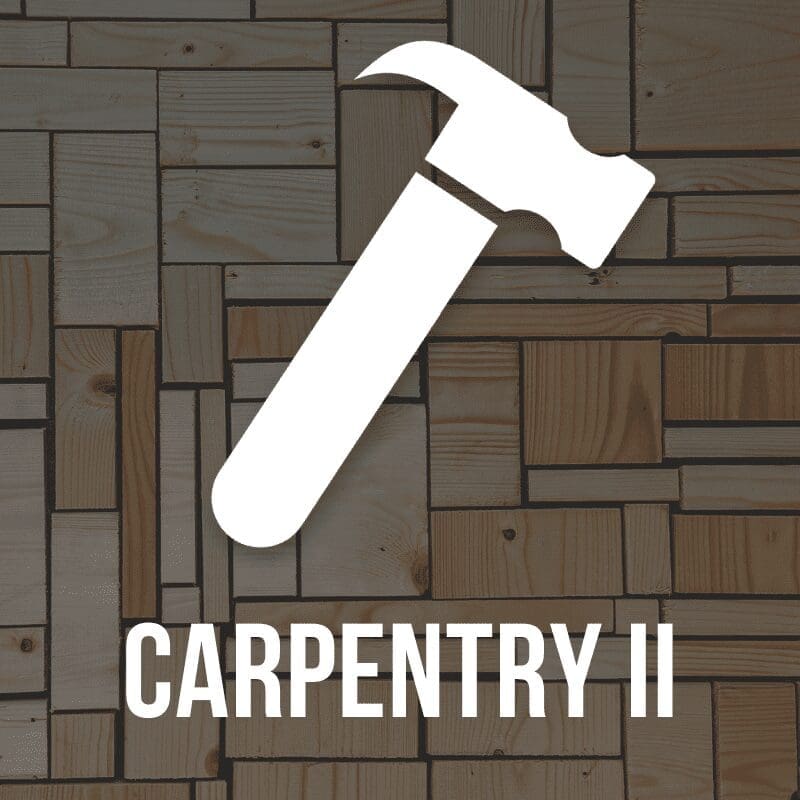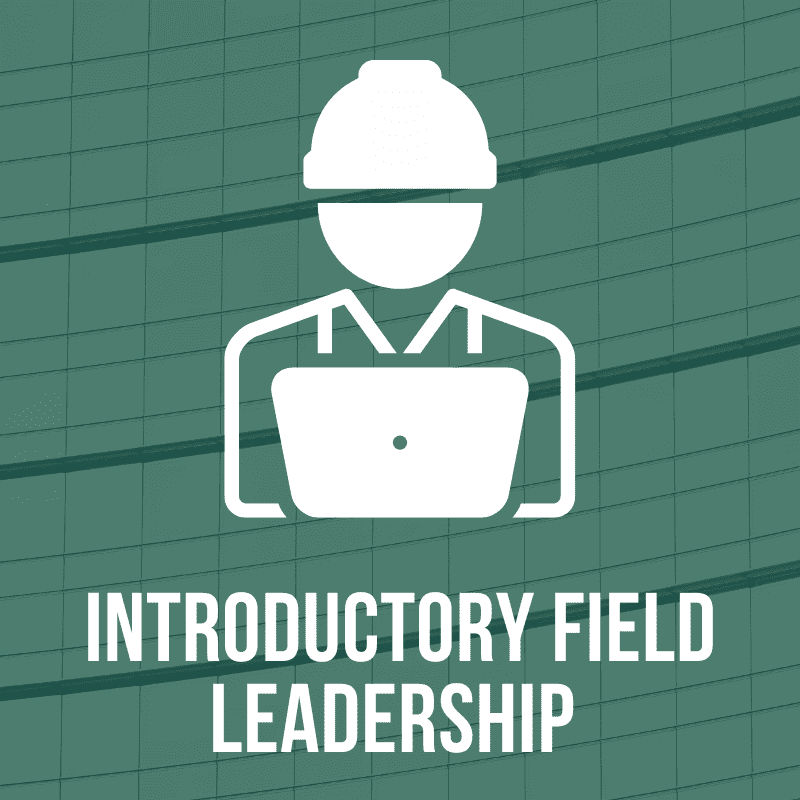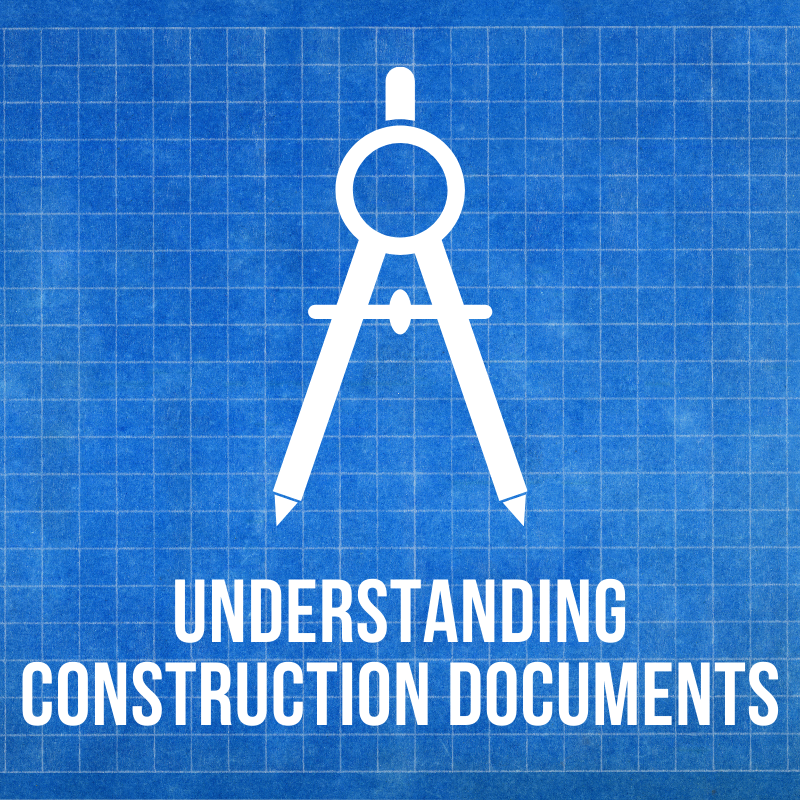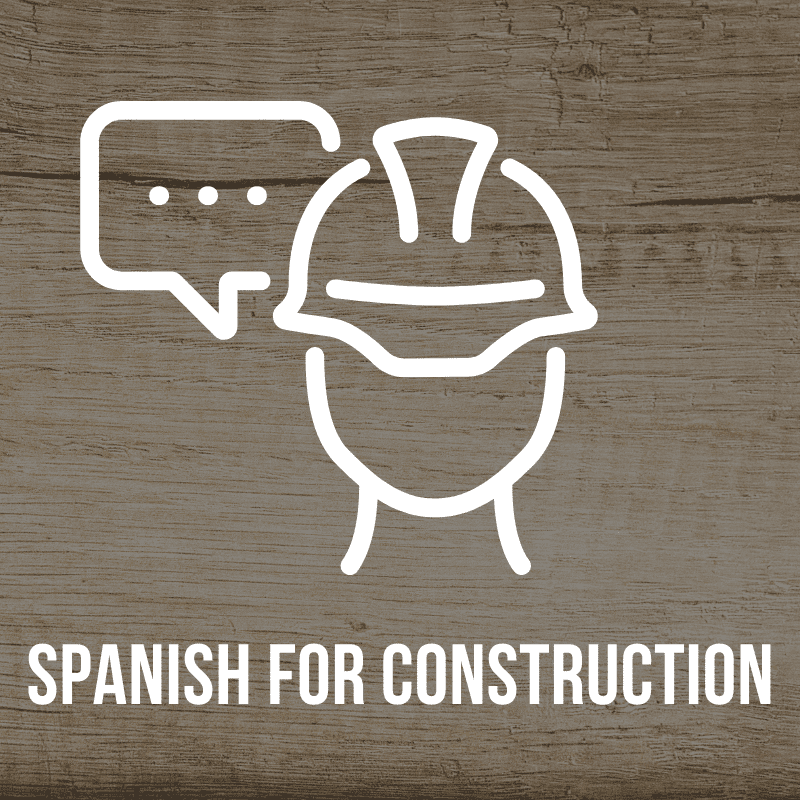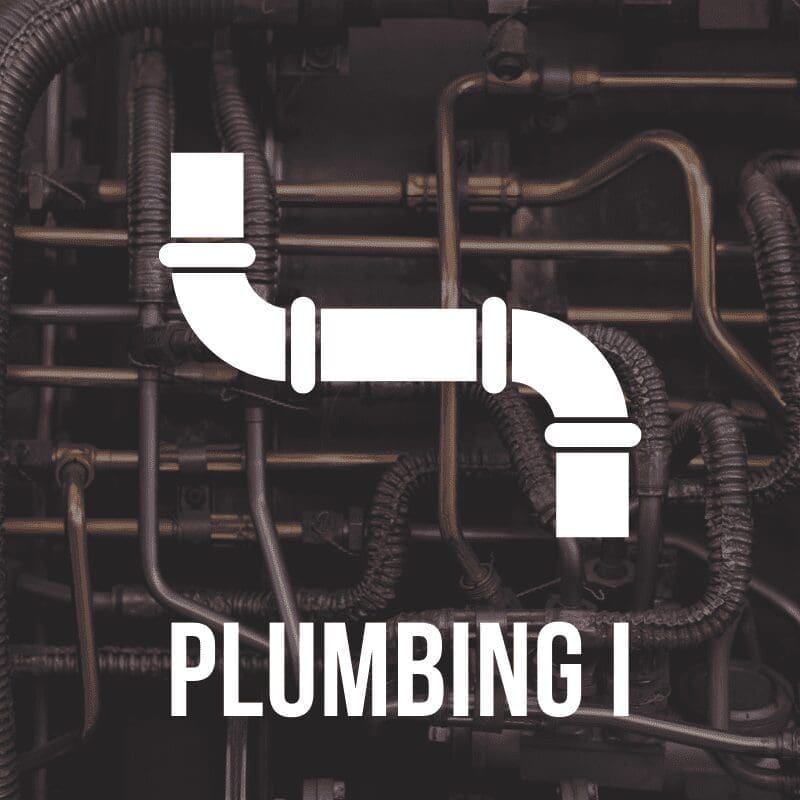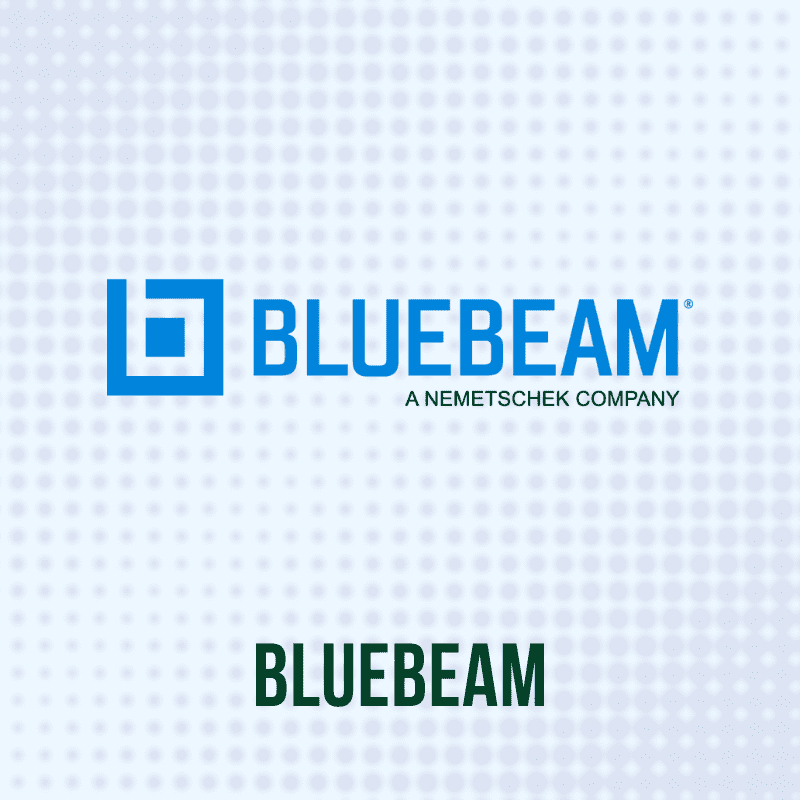Plumbing III
Plumbing III is an advanced plumber training program providing students with a comprehensive understanding of the various components and techniques required for high-level commercial plumbing systems.
Registration for Plumbing III is now closed for the Fall ’24 semester.
Make sure to join the WMCI mailing list to be notified first when this class is open for enrollment again.
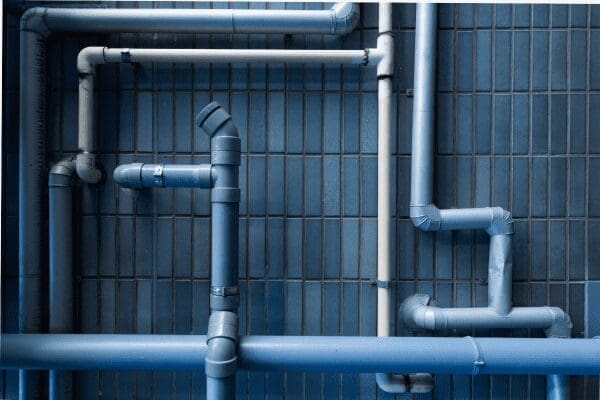
Course Description
In Plumbing III, students will learn about sizing and protecting water supply systems, including backflow prevention devices, as well as techniques for disinfecting and filtering potable water supply systems.
Students will also gain a comprehensive understanding in the installation, diagnosis, and repair of sewage and sump pumps, as well as how to select and connect different types of piping.
Prerequisites: Plumbing II or Employer Approval
Course Details
- Dates: August 20, 2024 - June 3, 2025
- Day of the Week: Every Tuesday
- Time: 4:30 - 8:30PM
- Tuition: $4,000 ($2,000/semester)
- Material/Lab Fees: $250
- Course Textbook Fee: $125
Credentials Earned
- NCCER Plumbing III Certification
- WMCI Certificate of Completion
Instructor: John Peer

Instructor Title
Company
What you'll learn in plumbing III
course curriculum
Applied Math
Reviews math concepts, including weights and measures, area and volume, temperature, pressure, and force. Describes the six simple machines: inclined planes, levers, pulleys, wedges, screws, and wheels and axles.
Sizing and Protecting the Water Supply System
Teaches techniques for sizing water supply systems, including calculating system requirements and demand, developed lengths, and pressure drops. Reviews the factors that can reduce efficiency of water supply piping. Introduces different backflow prevention devices and explains how they work, where they are used, and how they are installed in water supply systems.
Potable Water Supply Treatment
Explains how to disinfect, filter, and soften water supply systems. Discusses how to troubleshoot water supply problems, flush out visible contaminants from a plumbing system, and disinfect a potable water plumbing system.
Types of Venting
Reviews the different types of vents that can be installed in a DWV system and explains how they work. Teaches design and installation techniques.
Sizing DWV and Storm Systems
Explains how to calculate drainage fixture units for waste systems. Reviews how to size drain, waste, and vent (DWV) systems; storm drainage systems; and roof storage and drainage systems.
Sewage Pumps and Sump Pumps
Discusses the installation, diagnosis, and repair of pumps, controls, and sumps in sewage and storm water removal systems.
Corrosive-Resistant Waste Piping
Discusses corrosive wastes and reviews related safety issues and hazard communications. Explains how to determine when corrosive-resistant waste piping needs to be installed, as well as how to correctly select and properly connect different types of piping.
Compressed Air
Explains the principles of compressed air systems and describes their components and accessories. Reviews installation and periodic servicing of air compressor systems.
Service Plumbing
Covers the troubleshooting and repair of fixtures, valves, and faucets in accordance with code and safety guidelines. Explains how to diagnose and repair water supply and drainage piping, water heaters, and other appliances and fixtures. Describes the effects of corrosion, freezing, and hard water on plumbing systems.
Plumbing III Registration Form
Registration for Drywall I is now closed for the Fall ’24 semester.


